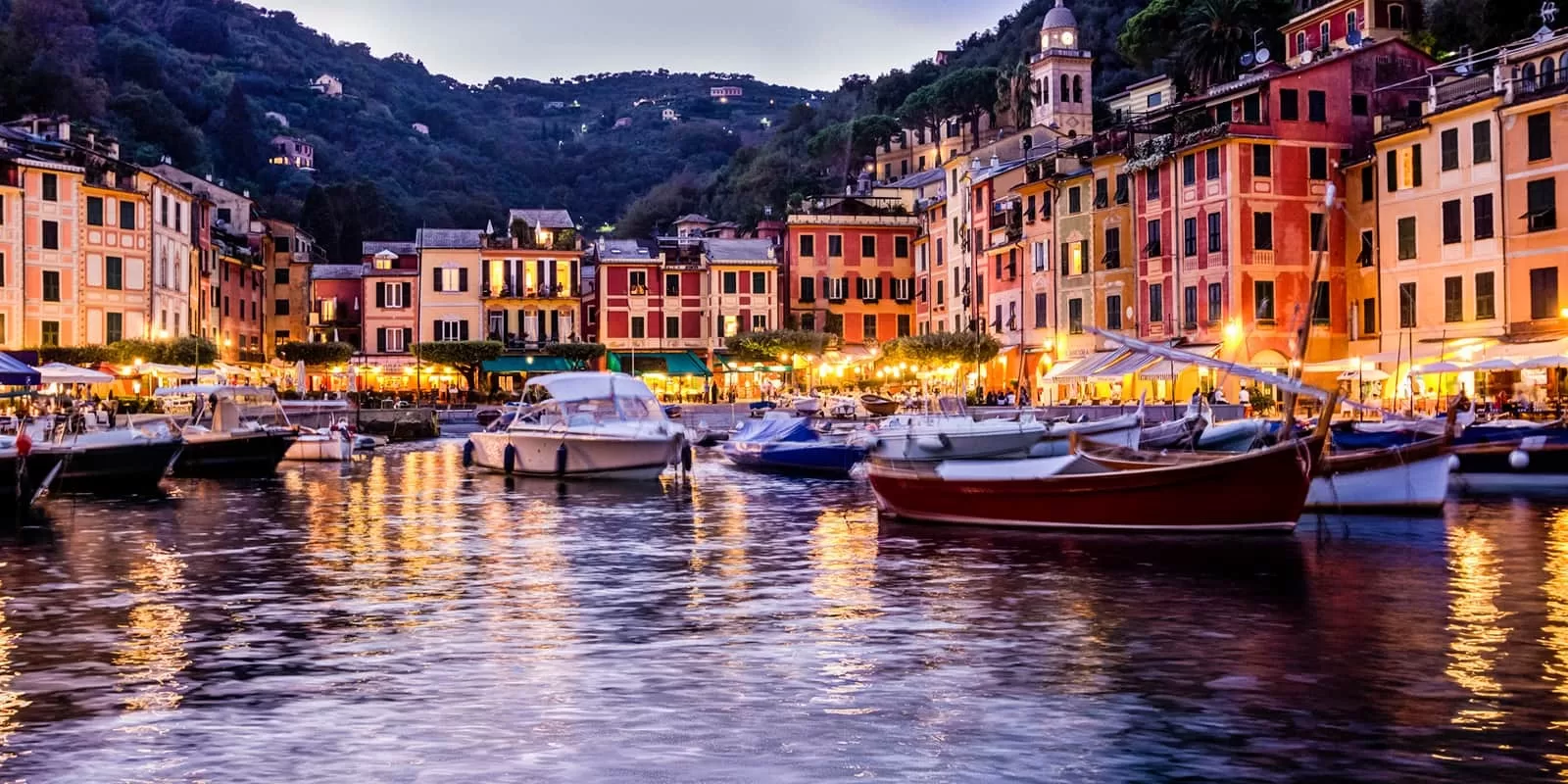Whether you’re looking for sleepy fishing villages with sun-drenched beaches or splendid Baroque fortresses, we’ve got the best of the best for you.
Despite the fact that Italy’s great art cities attract millions of visitors each year, there are many other wonderful, lesser-known places to visit, most of which are far off the tourist track. You can explore charming fishing villages, magnificent Baroque bastions, and medieval hilltop villages in these region. You’ll enjoy delicious food and wine, warm hospitality, and a sense of discovery if you try something new.
Portofino, Liguria
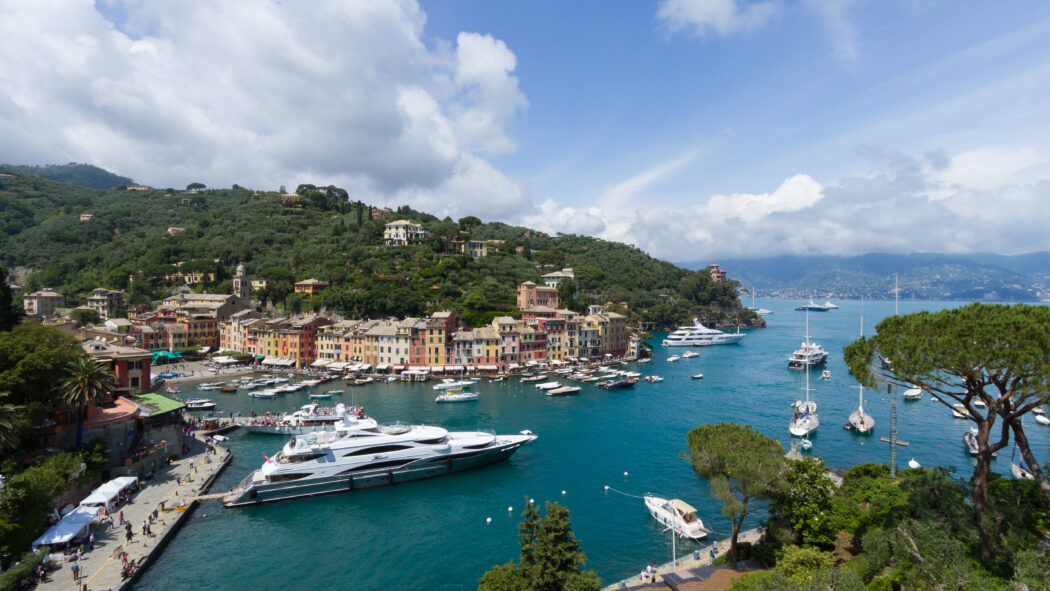
The best time to visit Portofino is in the winter, when it’s less crowded, but even when it’s crowded, it’s still ridiculously gorgeous. Like a stage set, ocher-hued houses, cafes and restaurants surround the deep slash of a natural harbor; wooded hills hide the villas of the Agnellis and the Dolce & Gabbanas. Summer is the season when mega-yachts anchor, tenders whisking their cashmere- and loafer-clad owners to Chuflay for trofie al pesto and piazzaetta views.
Matera, Basilicata

It’s hard to believe that Matera, located in the little-visited region of Basilicata and now glowing from its stint as European Capital of Culture in 2019, was once one of western Europe’s poorest towns. UNESCO has designated the honeycomb of ancient troglodyte dwellings (sassi) below the honey-hued medieval town as a World Heritage Site, which is now home to galleries, restaurants, and hotels. If you don’t mind sleeping in a windowless room, you can visit the intriguing Casa Grotta di vico Solitario to get a sense of cave life.
Cetara, Campania
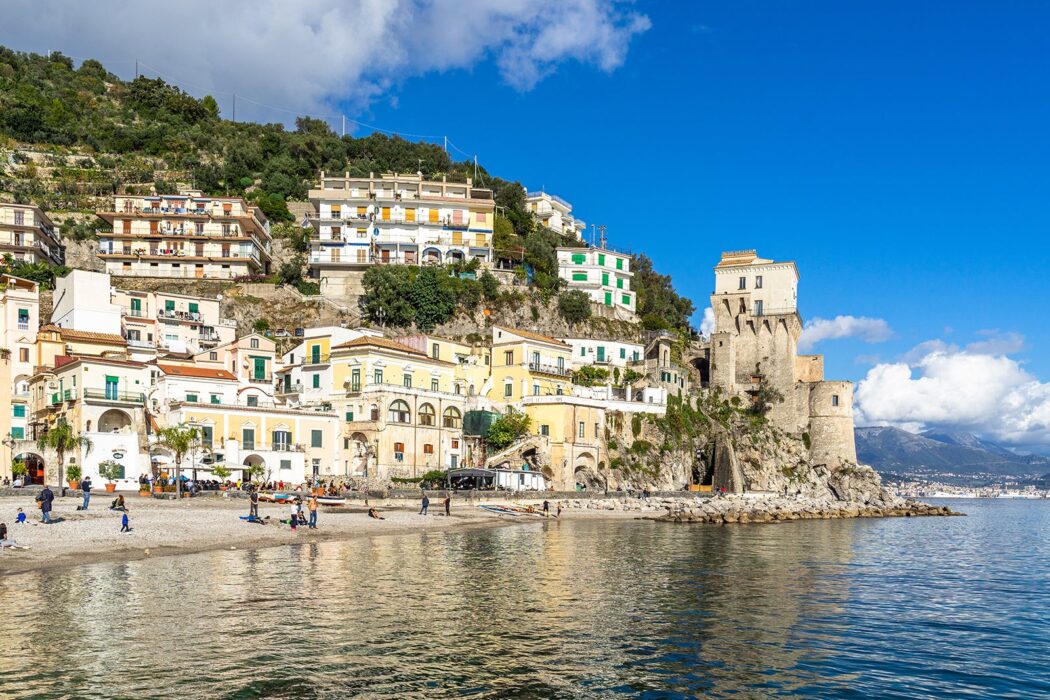
It is best to go east of Amalfi to Cetara, a weathered little fishing port that produces salted anchovies and a fish sauce known as colatura, similar to the Roman garum, to get a taste of what the Amalfi Coast must have been like before the crowds arrived. Cetara has pastel-hued buildings that cling to a deep natural gorge, with a sloping main street that leads to a small sandy beach and working harbour. There’s not a lot to do here except eat; a steaming plate of spaghetti con colatura is a must-try.
Pietrasanta, Tuscany
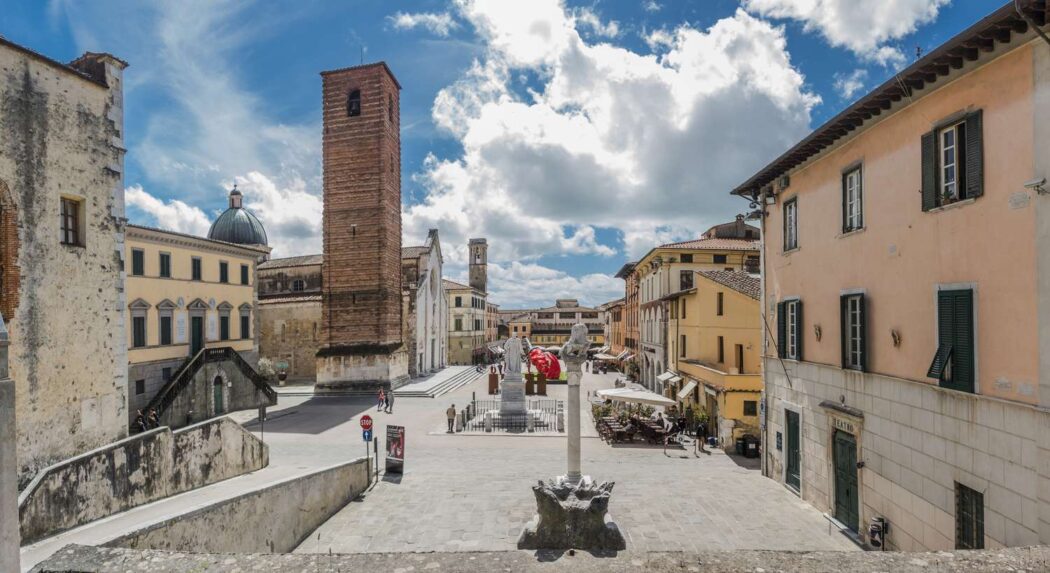
Pietrasanta lies just inland from the wide strip of lido-occupied beaches that line the Versilia coastline north of Pisa and is surrounded by the majestic, marble-rich Apuanian Alps. In the past, its bronze foundries and marble studios attracted sculptors such as Mitoraj, Botero, and Henry Moore. There is a dozy off-season, but in warm weather a cool, arty crowd drifts up from the coast to explore its galleries and independent boutiques and sip Campari spritz in the lovely Piazza del Duomo.
Orta San Giulio, Piedmont
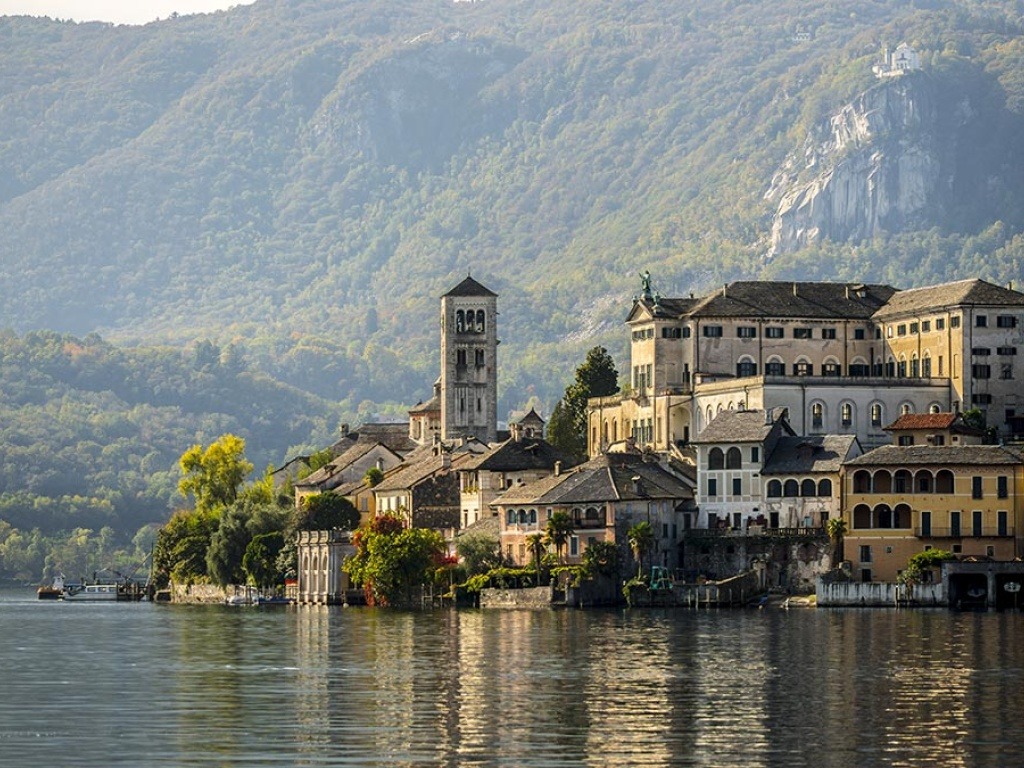
Unlike Como and Maggiore, Lago d’Orta is much less touristy and has a bucolic air. On a little promontory on the lake’s south-eastern shore, Orta San Giulio is a charming medieval town with ancient stone buildings and cobbled lanes built around the famous Piazza Motta, which features a wide selection of pavement cafes. St. Julius is said to have floated to the island on his cloak to banish snakes and dragons, and he later established a church, the present-day Basilica, to which visitors can go on mystical tours. There are beautiful walks in the surrounding hills, and a visit to the mystical island of San Giulio is a must.
Montefalco, Umbria
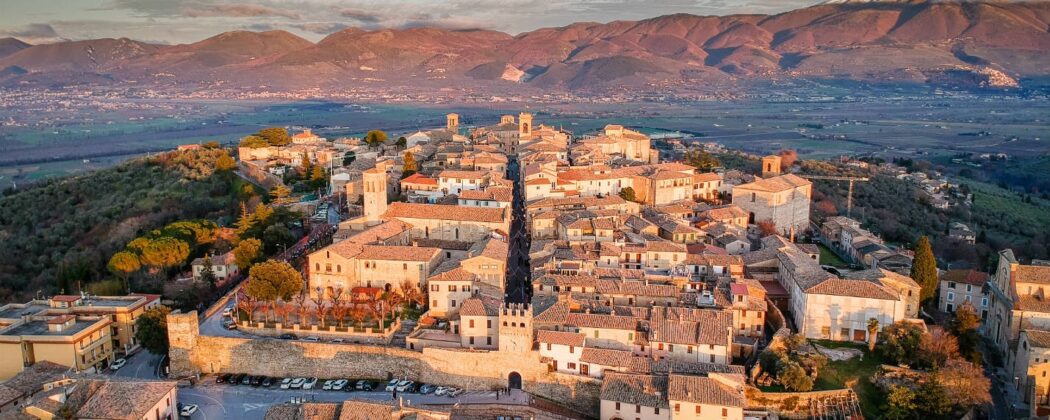
Its vineyards turn the surrounding hills deep russet-red just before the grape harvest, and Montefalco is synonymous with Sagrantino, the full-bodied and highly prized local red wine. This town has five entrance gates leading to its round-ish central piazza, which is known as ‘the balcony of Umbria’ because of its far-reaching views. Each gate leads to a cobbled lane. In the Convento di San Fortunato, don’t miss Benozzo Gozzoli’s magnificent fresco cycle depicting St Francis’ life from 1452.
Chioggia, Veneto
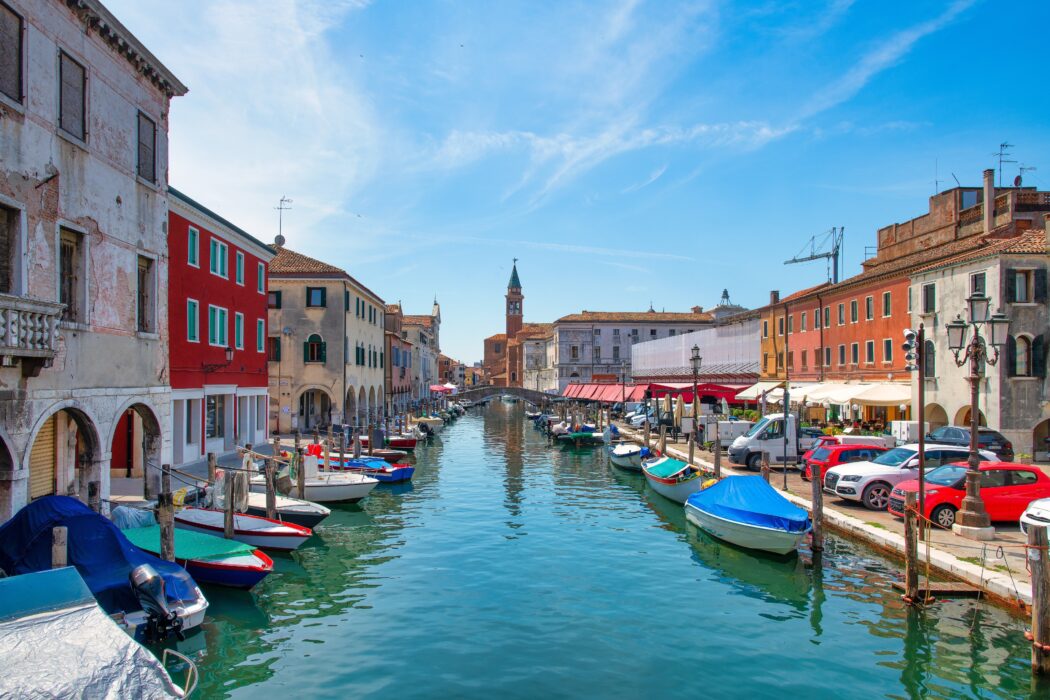
With the snowy peaks of the Dolomites as its backdrop, Chioggia is one of the most ancient ports in the Venetian lagoon. A crisscross of canals and weathered old buildings, this miniature Venice-without-the-crowds is home to a vast fishing fleet – in the early mornings, punters eye up crates of slithering sea creatures destined for auction at the local market and trawlers returning from the night’s fishing. There is nothing better than the smell of frying fish emanating from local trattorie at lunchtime. Venice is just a short hop away.
Gallipoli, Puglia
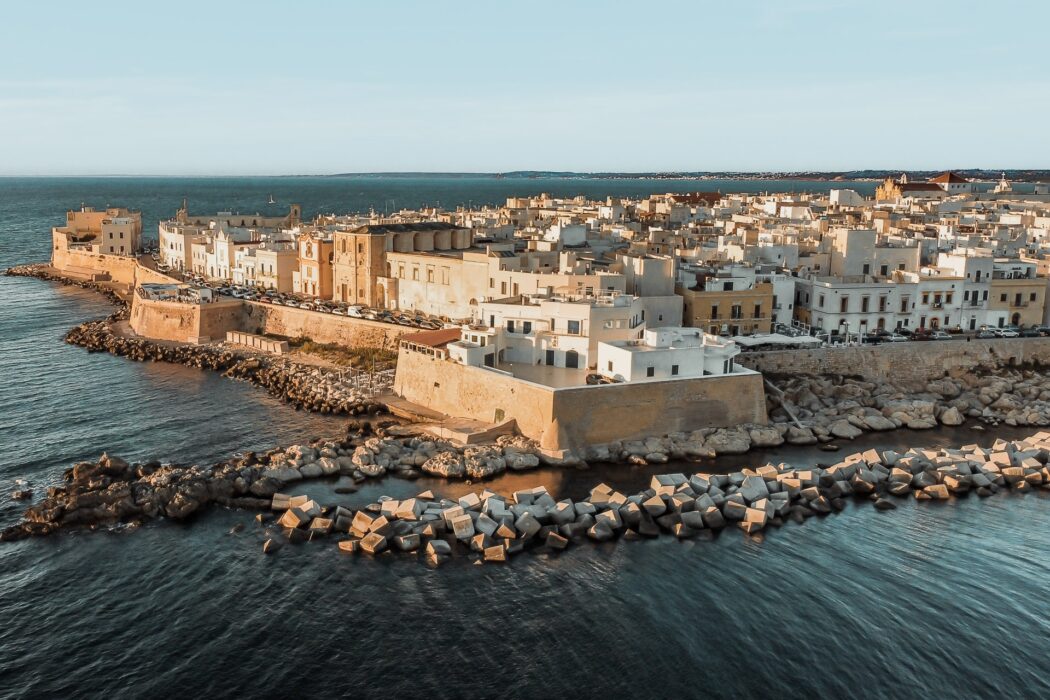
A sun-bleached town on Puglia’s Ionian coast, its name derives from Greek for ‘beautiful city’. On its own little island and connected to the mainland by a causeway, the city’s compact storico is filled with whitewashed houses with flat roofs, Baroque courtyards, narrow arched passageways, and glorious churches from the 13th century. Restaurants serving local hopping-fresh fish and seafood are plentiful, and the shimmering, turquoise sea and some of Italy’s most beautiful beaches lie beyond its bastions.
Mantua, Lombardy
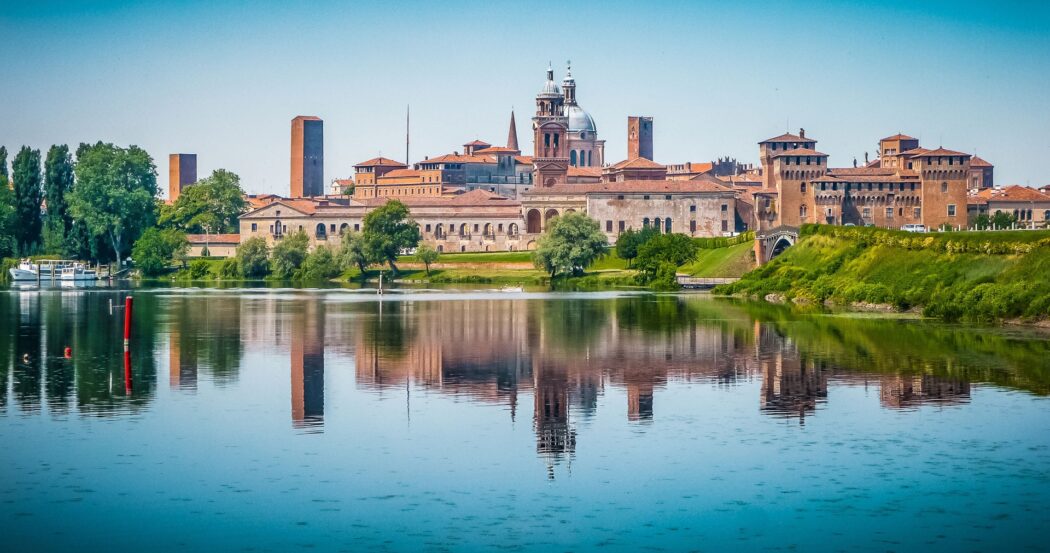
Sleepy, handsome Mantua is often overlooked for its marvelous jumble of ancient towers, cupolas, wide piazzas and porticoed streets surrounded by extensive wetlands. There are many attractions in the city, including the immense Palazzo Ducale with Raphael, Tintoretto and Rubens, the neoclassical Palazzo Canossa, and the Renaissance Palazzo Tè, which was designed as a love nest for Federico II’s mistress and filled with extraordinary frescoes. Furthermore, the food is excellent; traditional dishes include stracotto d’asino (donkey stew) and tortelli di zucca (pumpkin-stuffed pasta).
Carloforte, Isola di San Pietro
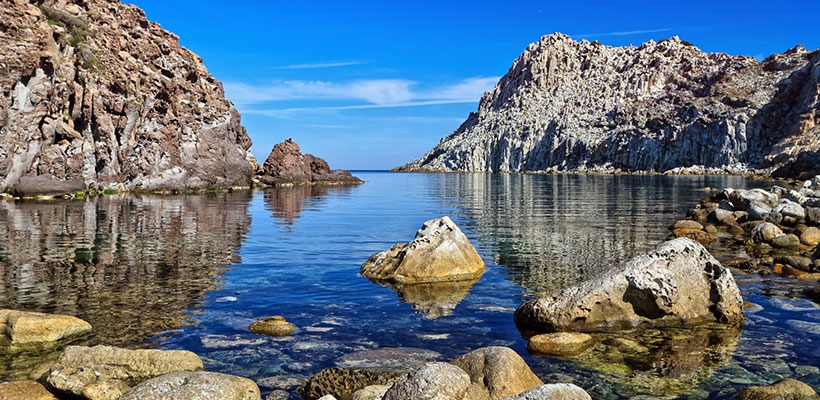
On the southwest coast of Sardinia lies the tiny Isola di San Pietro, a scant hour’s ferry ride. The capital, Carloforte, is a vibrant, bustling port founded by Genoese-Tunisian coral fishers and home to a community that speaks a Ligurian dialect and eats tuna and pesto lasagna. Each May, the town celebrates its culinary heritage with the Girotonno festival, which showcases il tonno, which is one of the Mediterranean’s most important tuna fishing fleets. Sand beaches lapped by clear waters lie close by, surrounded by macchia scented with gorse and myrtle.
Noto, Sicily

There is no better example of Sicilian Baroque style than the golden town of Noto, located in the sun-drenched south-east corner of Sicily. Following a devastating earthquake in 1693, the city was extensively rebuilt and is now favored by a trendy design and fashion crowd (Gordon Guillaumier and Jacques Garcia both own property here) and hip cafes and restaurants. Caffè Sicilia, where chef Corrado Assenza makes some of the best ice cream, granite and pastries in Italy, is the main attraction for foodies.


